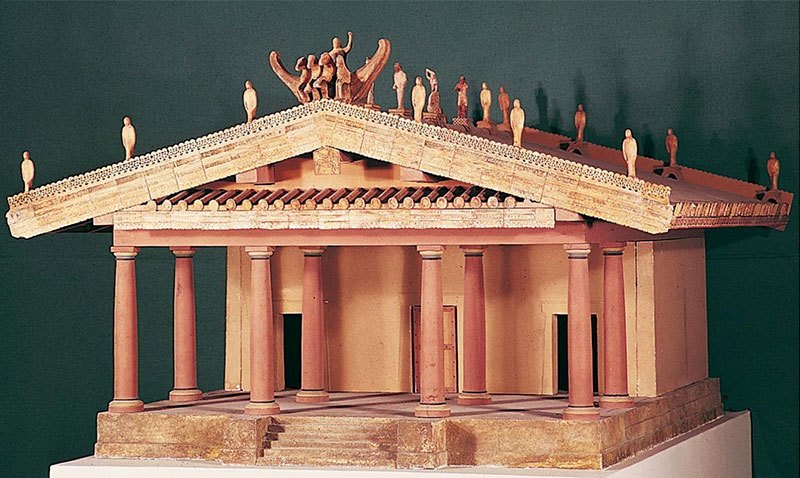Roman Building Projects
A Marker of Social Organization and Military Success
Republic
Temple of Jupiter Optimus Maximus Capitolinus
- The Temple was maintained in its original Etruscan (archaic) form until 83 BC when it was destroyed by fire
- A new version was completed in the Greek style in 69 BC
- Greek artisans were hired to do the work
Political and Military Implications
- The taking of precious materials from cities in the east in order to enhance the beauty of the temple was an exercise in naked power
- The temple was at the epicenter of the Roman state; it symbolizes the divine favor of the three most important gods in official Roman religion; Jupiter, Juno and Minerva
- The Roman senate and certain assemblies (such as the Comitia Centuriata) met in the temple precincts



